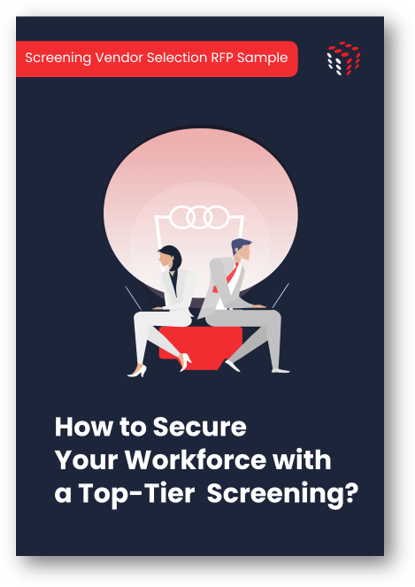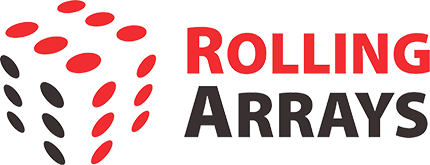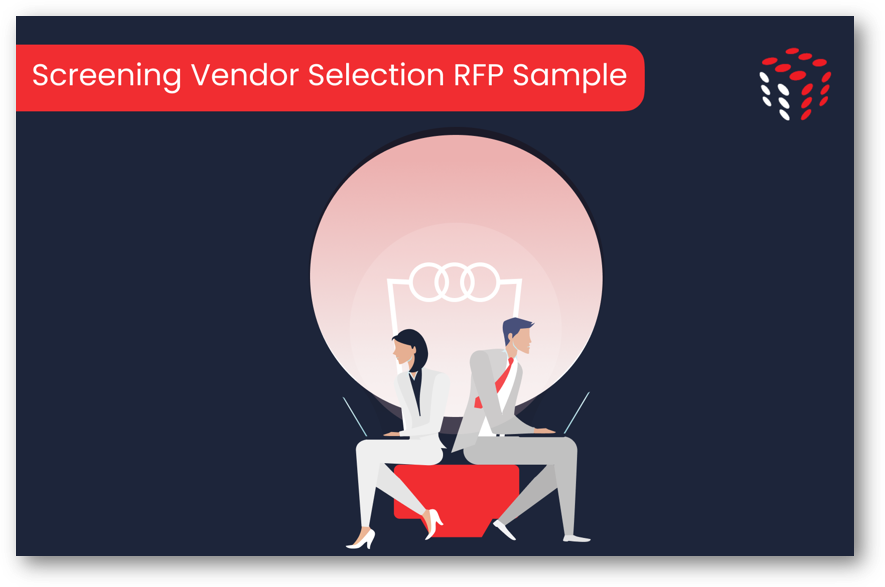
Whitepaper
The Evolution of Background Checks: What’s Next for Screening Technology and Vendors
Sample RFP for Selecting a Screening Vendor Included


RESOURCES > WHITEPAPER > The Evolution of Background Checks: What’s Next for Screening Technology and Vendors
Background screening is essential for organisations to validate candidates’ identities, qualifications, criminal histories, and work suitability. However, the vendor landscape and underlying technologies are rapidly evolving.
This whitepaper examines the shift from traditional background check companies to a new generation of vendors leveraging automation, AI and global data access. APAC HR leaders must understand these advances to select optimal screening partners.
The Changing Role and Priority of Background Checks
Pre-employment screening provides the foundation for robust hiring and workforce safety. APAC organisations increasingly conduct checks as standard recruitment components. In the APAC region, over 80% of surveyed employers indicated conducting criminal record checks, identity document validation, employment history verification and reference checks as part of their background screening programs, according to HireRight’s 2022 Employment Screening Trends Report.
Beyond initial hire screening, regular checks also enable ongoing workforce monitoring. Organisations can identify issues that emerge for existing employees to minimise risk.
Background checks are prioritised higher when:
- Operating in regulated industries like financial services.
- Employing workers in sensitive roles like healthcare, childcare and transportation.
- Placing employees in different countries with unique requirements.
- Managing contingent workforces like contractors or temporary staff.
While essential, traditional screening approaches face chronic constraints around speed, accuracy and cost-effectiveness. Manual verification procedures often produce slow turnarounds. Limited data access, especially internationally, reduces reliability. Labour-intensive reviews inflate and service costs.
New technologies and vendors are emerging to modernise background checks for APAC employers.
Traditional Background Check Companies and Processes
Well-established providers like HireRight, FirstAdvantage, Sterling and Pinkerton have dominated the APAC screening market. These traditional vendors offer services including
- Criminal record searches
- Identity document validation
- Employment/education verification,
- Professional license confirmation
- Credit checks
- Drug testing
The standard process involves extensive manual procedures. Candidates complete application forms detailing identity, residence and work histories. Screeners gather paper documents and conduct database lookups and physical site visits for verification.
This manual, repetitious work causes significant delays. Turnaround times often extend to a week or longer. APAC employers express frustrations with lengthy waits impeding urgent hiring needs and candidates dropping out.
Reliability is also impacted by limited data access. Checking international backgrounds poses challenges, as paper-based verification does not scale across borders. Few verifiers possess multi-country expertise, and records systems differ.
Lastly, traditional approaches come with high service costs driven by manual labour. Customers pay premium fees but may still encounter errors and omissions.
New Generation Screening Technology Vendors
In response to these constraints, HR technology startups are modernising background checks through automation, AI-enabled data analysis and blockchain identity verification. Top vendors leading this shift include
- Checkr – Leverages automation and AI matching. Over 60,000 organisations use Checkr, which claims a 35% faster turnaround than traditional checks.
- ClearStar – Employs robotic process automation for document checking. Offers a modular platform integrating identity, background and medical screening.
- TrustLayer – Verifies work and education histories through blockchain records. It helps combat falsified applicant credentials and accounts.
- Sterling – Incumbents like Sterling also offer emerging solutions. Sterling’s xView uses automation to process screening requests 70% faster.
- Teleport – Singapore-based Teleport uses digital identity verification powered by facial biometrics and records monitoring.
These platforms shrink turnaround times by reducing manual effort through technology. Automated workflows, document and data analysis, accelerate reviewing cases for quicker decisions.
Some also expand global access and reliability of source records. Checking international backgrounds poses fewer limitations as digital footprint tools and verifiable blockchain records provide worldwide coverage.
While costs are still a barrier, increased efficiency helps reduce overall spending. AI tools and blockchain mainly limit manual overhead compared to traditional methods.

Unlock Peace of Mind
Secure Workforce with Background Screening Partner
The Key Benefits:
- Streamlined Vendor Selection
- Attract Qualified Partners
- Make Informed Decisions
- Confident Hiring
Emerging Technological Advances Reshaping Background Screening
Beyond automation and AI, several innovations show strong potential to modernise pre-employment verification further:
- Biometrics – Face, fingerprint or voice recognition replacing manual ID checking for validation and authentication.
- Blockchain Credentials – Secure distributed records of academic and employment histories.
- Continuous Monitoring – Ongoing screening for existing employees rather than one-time checks.
- Machine Learning – Sophisticated data analysis and modelling to improve identity matching accuracy.
Biometrics makes manual verification obsolete by using unique individual attributes for identification. This reduces document forgery risk and accelerates processing.
Blockchain creates instantly verifiable credential databases. Cryptographic validation defeats fabricated records or details.
Continuous monitoring flips background checks from a static one-time activity to an ongoing process, enabling screening of existing staff for emerging risks.
Machine learning algorithms uncover complex data patterns to associate candidates and records correctly. This lessens misleading name matches.
Adoption of these technologies is still in the early phases, but rapid advancement is forecast in the coming years.
Comparing Top Background Check Vendors
APAC employers should evaluate providers based on parameters including:
- Turnaround Speed – Can urgent checks be completed in 24-48 hours? What is the typical time to make a decision?
- Global Data Access – Can checks span 100+ countries reliably? What international constraints exist?
- Configurability – Can custom packages and workflows be configured? Is modular or bundled pricing offered?
- Automation – What tasks use automation or AI to accelerate processes? How much is still manual?
- Client Support – Are self-service portals offered? How responsive is account management?
- Compliance Expertise – Do they maintain global compliance knowledge? Can they advise on country-specific requirements?
- Data Security – What data protection and access controls are in place? Have they completed security audits?
- Integration – Are HRIS/ATS integrations and APIs offered for seamless order and data transfer?
While newer vendors like Checkr and ClearStar fare better on technology utilisation and speed, traditional providers still lead in compliance depth and program flexibility. Organisations should align priorities to provider strengths.
Navigating Background Check Challenges
Despite technological progress, APAC employers still face obstacles in conducting screening:
- Data Discrepancies – Even automated checks produce incorrect candidate matching or record variations. HR should allow appeals.
- Compliance Complexity – Numerous laws regulate background checking, varying by country. Fines result from non-compliance.
- Falsified Documents – Sophisticated forgeries still evade detection. Combining technologies like biometrics improves accuracy.
- Candidate Experience – Invasive screening frustrates applicants. Communicating necessity and securing consent helps perception.
- Balancing Speed and Accuracy – Expedited reviews increase mistakes. Training algorithms on company-specific data refine automated quality.
No perfect background check exists. However, employers can mitigate risks through vetted partners, layered checking methods, and communicating transparently with candidates.
The Future of Background Screening
Background checks are undergoing a renaissance driven by new technologies and a generation of modern vendors. APAC employers can capitalise by:
- Selecting providers with proven automation and AI capabilities that accelerate turnaround for time-sensitive hiring.
- Seeking partners offering modular programs customisable to unique roles and risks. Avoid one-size-fits-all packages.
- Exploring continuous monitoring systems for post-hire screening to complement initial checks.
- Preparing for advances like biometrics and blockchain that will reshape verification, particularly internationally.
However, technology alone cannot eliminate errors or omissions. Human oversight ensures contextual interpretation and fairness. Forward-looking organisations will embrace innovation while recognising screening requires a balance of efficiency plus ethics.
With an informed vendor strategy, APAC employers can adopt modern background checks that enhance quality, speed and compliance.
About Rolling Arrays
Rolling Arrays has been driving SAP SuccessFactors-led HR Transformation since 2009. The company specialises in SF consulting, implementation, and support and also builds applications to enhance the utility of the SuccessFactors platform. It is committed to designing systems that help its customers to attract, develop and retain talented individuals. In 2021, Rolling Arrays was recognized as one of the top 75 fastest-growing companies in Singapore by The Straits Times & Statista.




Share with your network
Get updates in your inbox